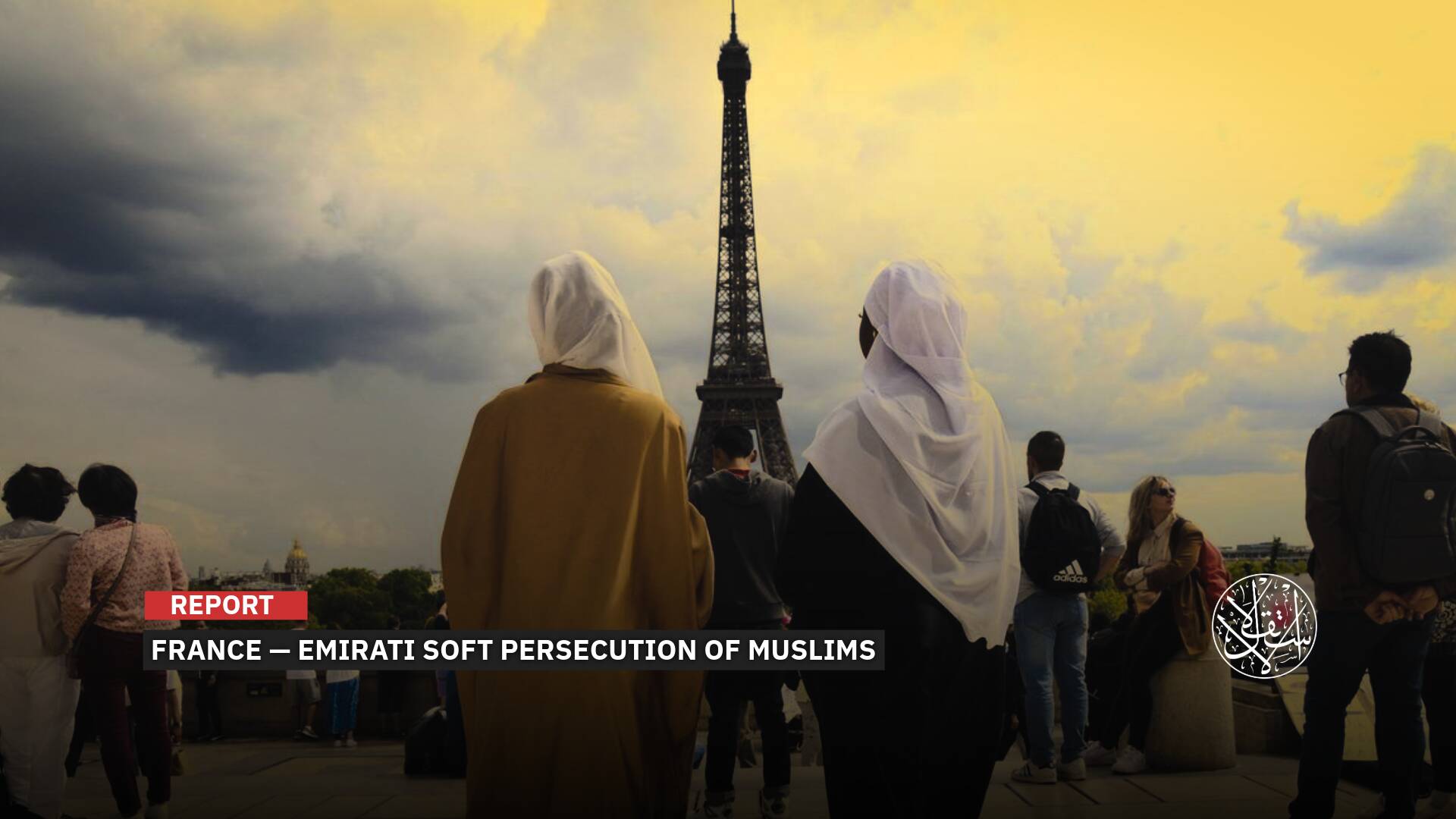How Is Europe Saving Itself From the Declining Birth Rates?

On billboards scattered across Poland for four weeks, two blonde girls appear in a flooded wheat field as part of a campaign by a Catholic foundation to condemn declining fertility.
The campaign is provoking sharp reactions in a country ruled by conservative populists and where issues related to family and reproductive rights have caused great tension.
The girls' photographs were accompanied by illustrations indicating that the fertility rate of Polish families now exceeds more than one and a half children, compared to five children in the fifties of the last century.
The declaration was marked by a disturbing phrase: "Where are these children?"
Posts and comments mocking the campaign soon surfaced, including emojis or advertisements for water reserves or restaurants serving a Polish Ravioli dish with the caption "Where are these dishes?"
Doctrinal Campaign?
The figures for the fifties may be exaggerated, but the current average fertility rate remains alarming at 1.4 children per woman, placing Poland below the European average and below the generational renewal threshold.
The Kornice foundation, headed by a businessman close to Catholic circles and one of the country's top net worth individuals, says that "our campaign has no ideological or political purpose, it simply invites people to think."
The institution had launched other controversial campaigns, particularly against abortion and against divorce.
The average number of children born per woman in Poland has dropped to 1.44, one of the lowest fertility rates in the European Union, according to the latest figures from Eurostat.
Despite the Polish government's efforts to boost births in recent years, the country has faced a growing demographic shortfall, now exacerbated by a rising death toll and further declines in births during the pandemic.
According to the new data from Eurostat, the EU's statistical agency, Poland's fertility rate in 2019 was lower than the EU average of 1.53 and significantly below the so-called replacement level of 2.1 at which enough babies are born to sustain population levels.
The countries with the highest fertility rates in the EU were France (1.86 live births per woman) and Romania (1.77), while the lowest were in Malta (1.14) and Spain (1.23).
Poland's figure of 1.44 in 2019 represented a decline from 1.46 in the previous year and 1.48 in 2017.
These are not, however, the lowest levels ever recorded. At the turn of the century, the Polish birth rate fell to 1.37 in 2000 and 1.31 in 2001.
The birth rate in 2020 is also likely to see a drop again after Poland recorded its lowest number of births in 17 years. Last month, economist Lukasz Kozlowski noted that the country is suffering a "baby doom" after figures for January 2021 showed 25,000 births, a quarter fewer than in the same period a year earlier.
������ Highest #fertility rates in 2019:
— EU_Eurostat (@EU_Eurostat) March 23, 2021
���� France (1.86 live #births per woman)
���� Romania (1.77)
���� Czechia, ���� Ireland and ���� Sweden (all three 1.71)
���� Denmark (1.70)
Lowest:
���� Malta (1.14 births per #woman)
���� Spain (1.23)
���� Italy (1.27)
�� https://t.co/ygRAmVNbTE pic.twitter.com/El0CD8UqK0
National Message
However, the birth rate is one of the centerpieces of government party policy, which sees a fixed monthly allowance paid to families per child as a symbolic measure.
Family policies promoted by conservatives are aimed at ensuring the stability of young families and enabling them to provide care for children during the first years of life.
But its opponents see it as mainly designed to promote the traditional model of the family and encourage women to stay at home.
Poland currently has a population of 38.2 million but could decline by 2.3 million by 2040, according to estimates by the European Statistical Agency (Eurostat).
The governments of some European countries with emerging economies have launched a range of policies that encourage their citizens to have children, including offering financial benefits and tax breaks to those who have more children.
The Spanish newspaper La Vanguardia pointed out that some European countries, from Russia in the east to Poland in the west to Serbia in the south, are encouraging an increase in offspring and are aiming to counter the significant demographic decline in a region where many of its countries are expected to face in the coming decades an unprecedented decline in population not seen since the beginning of the twentieth century.
Data from the United Nations predicted that the total population of Central Europe, South-Eastern Europe, Eastern Europe, the South Caucasus, and Central Asia would decline from 418 million in 2021 to 362 million by 2030, according to the World Population Outlook 2022.
UN data covering Eastern Europe, which includes Belarus, Bulgaria, the Czech Republic, Hungary, Moldova, Poland, Romania, Russia, Slovakia, and Ukraine, showed that the number of births ranged from 8 to 10 children per 1,000 inhabitants for the rest of the century, far fewer than the number of deaths.
In Western Europe, the birth rate is expected to exceed this figure over the next decade, although it continues to decline relatively until 2100;
In Russia, Russian President Vladimir Putin has placed dealing with the demographic crisis at the top of his agenda, offering a wide range of subsidies and financial incentives, including higher child benefits, longer maternity leave, and subsidies for mothers who choose not to return to work, the Baltic News Network reported.
Other governments in Central and South-Eastern Europe have launched their own incentive programs in an attempt to address declining populations.
In Hungary, generous government grants and loans to families helped raise the birth rate from 1.2 percent in 2010 to about 1.5 percent in 2020, but it remains one of the lowest in Europe.
Serbia's government also announced in February that it would provide subsidies of up to €20,000 to newly married families to help them buy their first home in a bid to increase the birth rate. This is in addition to paying an incentive of €2,551 for the first child.

Putin's Survival Plan
This week, Russian President Vladimir Putin offered a huge sum to every Russian mother who could have 10 children.
Given the drastically low population, Putin hopes this amount will help encourage Russian women to form large families to address the issue of low births. President Putin signed the new resolution on Monday, August 15.
This is a revival of the Soviet Union's title of "Mother Heroine" during the reign of former Soviet President Joseph Stalin following the decline of the Soviet Union's population significantly as a result of World War II.
Stalin issued the Order of Maternal Glory of the third, second, and first degrees. The first-class medal was given to mothers with nine children, while the third degree was given to those with seven children.
The Russian mother will receive the amount given by Putin when she gives birth to her tenth child at the age of one, and her ten children must be alive, with the exception of those who kill her children in conflicts or in terrorist attacks.
Stalin's title was discontinued following the collapse of the Soviet Union in 1991, but it carries the significance of major state prizes such as the Hero of Russia for the services provided to the state and the hero of conscious work for distinctive works "public and economic activities."
Russia is suffering from a sharp decline in its population, which reached a record high in July this year.









